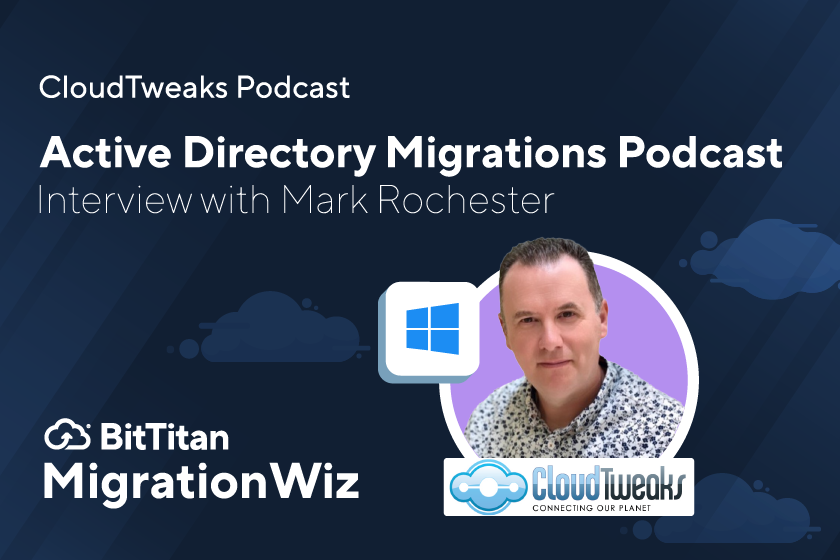First-Party Tools
Many businesses elect to migrate using native tools from Microsoft themselves. The Exchange Admin Center offers basic functionality for hybrid migrations, enabling organizations to batch and initialize syncs to migrate users to the new environment. Additionally, PowerShell scripts are often employed to help manage large numbers of users or automate additional parts of the project not handled in the EAC.
The positives of using native tools are normally around upfront cost: that is, no licensing to use the service and no installations that come with some third-party solutions to handle the job.
On the other hand, you’re limited to the capabilities of this tool and are required to develop and execute your own PowerShell scripts to complete the job, plus a reliance on Microsoft support should issues arise.
Third-Party Solutions
The alternative to the EAC are tools from migration vendors like BitTitan that go beyond the capabilities of the EAC to help automate and manage hybrid Exchange projects. These tools offer a better way to consistently deliver on hybrid projects, a topic we discuss in this article: Building Your Hybrid Migration Business with Third-Party Tools.
These tools often require less PowerShell scripting outside the product – though that’s certainly still an option – and offer a simpler experience for resources on the project to usher it along.
The positives include a reduction in the number of resources required to manage hybrid engagements and therefore a lower labor cost to deliver the project. These tools often have additional batch management capabilities to easily define groups of users by Organizational Unit or Exchange attribute, while often having better real-time reporting and analytics to monitor status. They may even offer a way to turn the project over to the end-user for longer term management. Finally, third-party tools should come with accessible support and documentation to help troubleshoot errors.
The downsides? A larger upfront licensing costs. This should be recovered with the time and resource savings but could inflate project costs if the project plan isn’t airtight.
Find a Partner!
Regardless of the approach, hybrid projects are best executed with a partner or hybrid consultant that can help an internal IT team configure and mange these projects.

